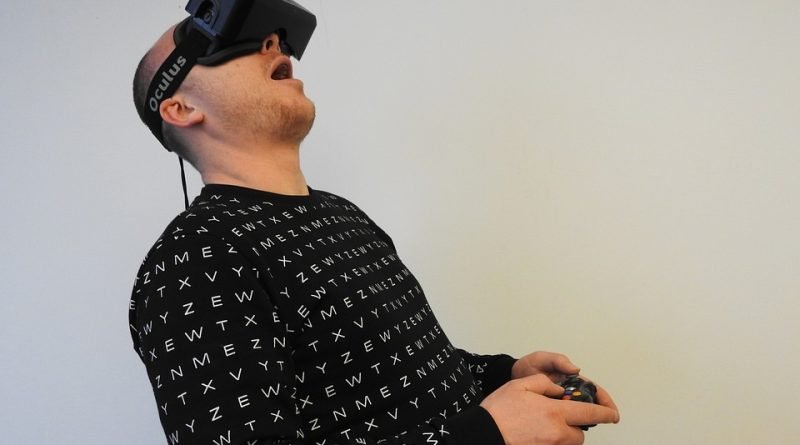From Anatomy to Surgery: How VR is Enhancing Medical Education
Virtual reality (VR) technology has become increasingly popular in various industries, offering immersive experiences that are revolutionizing the way we learn and work. In the field of medicine, VR has proven to be a valuable tool for enhancing medical education, from anatomy lessons to surgical training.
One of the key advantages of using VR in medical education is its ability to provide a 3D, interactive simulation of the human body. Traditional methods of teaching anatomy, such as textbooks and cadaver dissections, can be limited in their ability to fully convey the complexities of the human body. With VR, medical students and professionals can explore the body in a realistic, immersive environment, allowing them to better understand the relationships between different organs and structures.
In addition to anatomy lessons, VR is also being used to enhance surgical training. Medical students and residents can practice surgical procedures in a virtual environment, allowing them to hone their skills and gain valuable experience before performing procedures on real patients. This kind of hands-on training can help reduce the risk of errors and improve patient outcomes.
Furthermore, VR can provide a safe, controlled environment for practicing complex procedures that may be difficult to perform in a traditional setting. For example, VR simulations can be used to practice rare surgical procedures or emergency scenarios, allowing medical professionals to gain experience and confidence in handling challenging situations.
Another benefit of VR in medical education is its ability to provide personalized learning experiences. With VR, students can learn at their own pace, repeat simulations as needed, and receive immediate feedback on their performance. This kind of personalized learning can help students better retain information and improve their skills more quickly.
Overall, VR technology is transforming the way medical students and professionals learn and train, offering a more engaging and effective way to study anatomy, practice surgical procedures, and enhance their skills. As VR continues to evolve and become more accessible, it is likely to play an increasingly important role in medical education, helping to better prepare the next generation of healthcare professionals for the challenges they will face in their careers.
